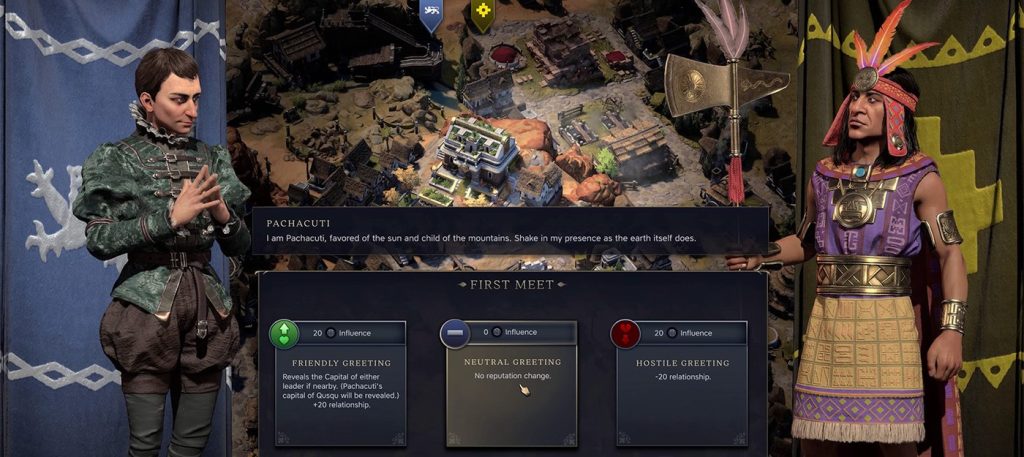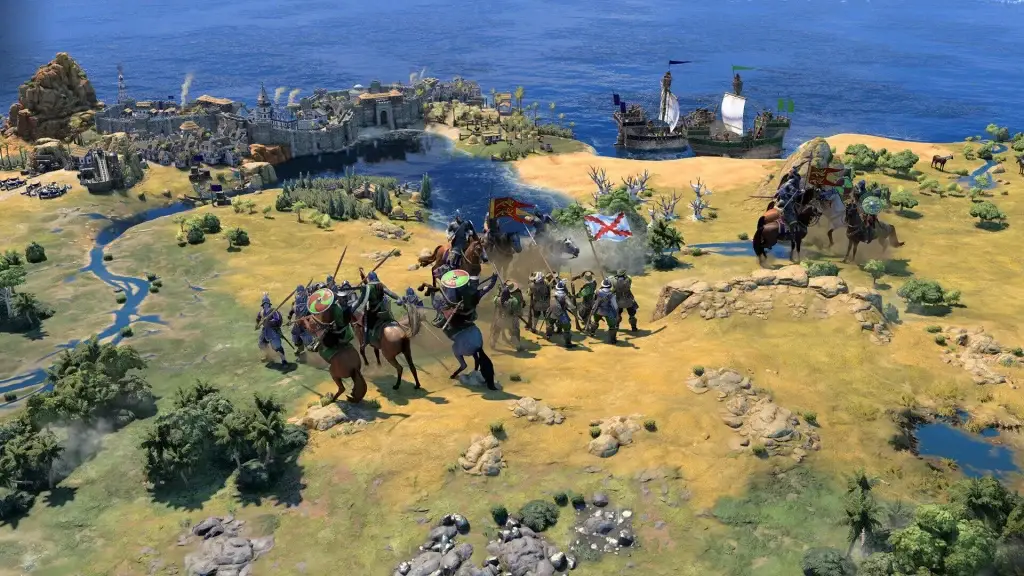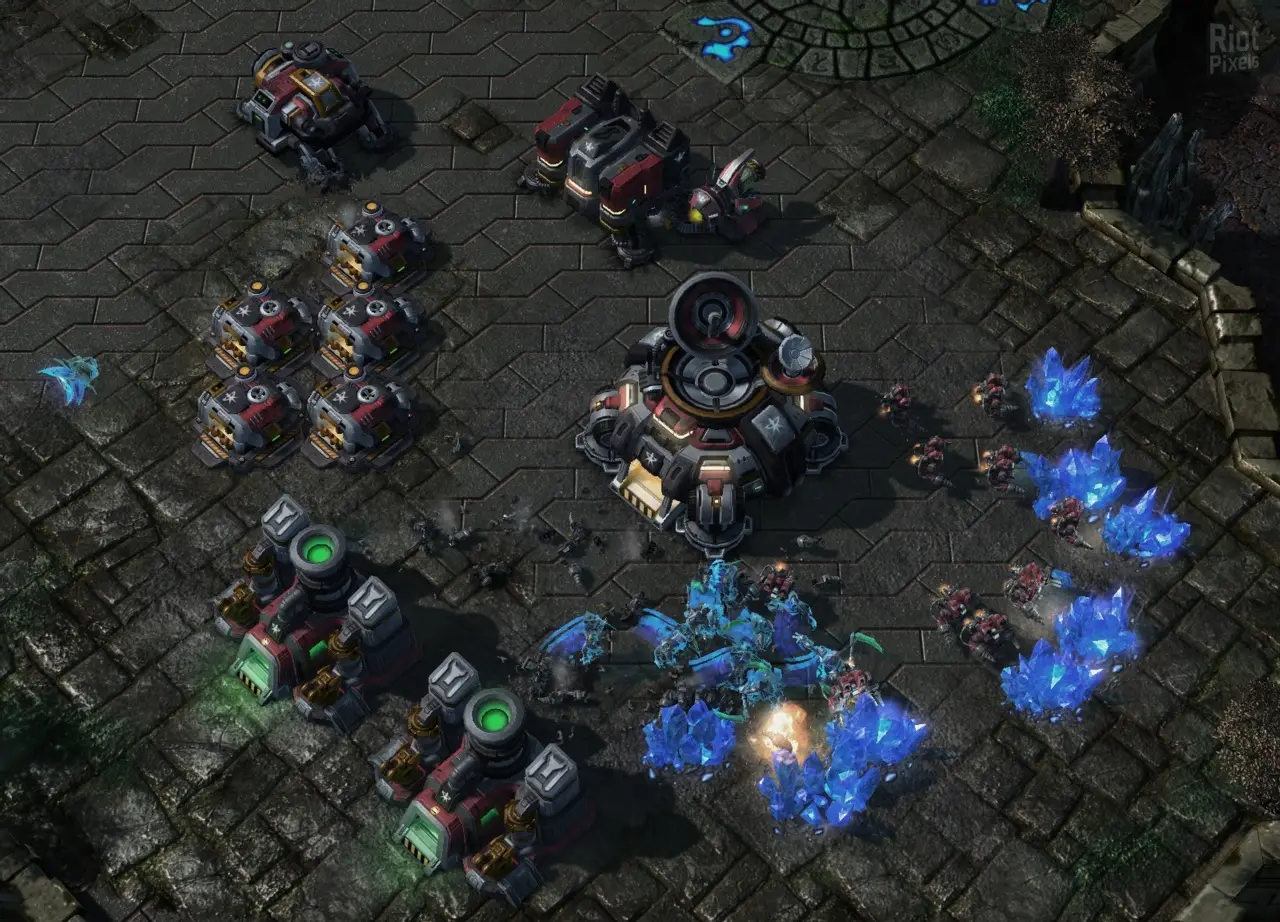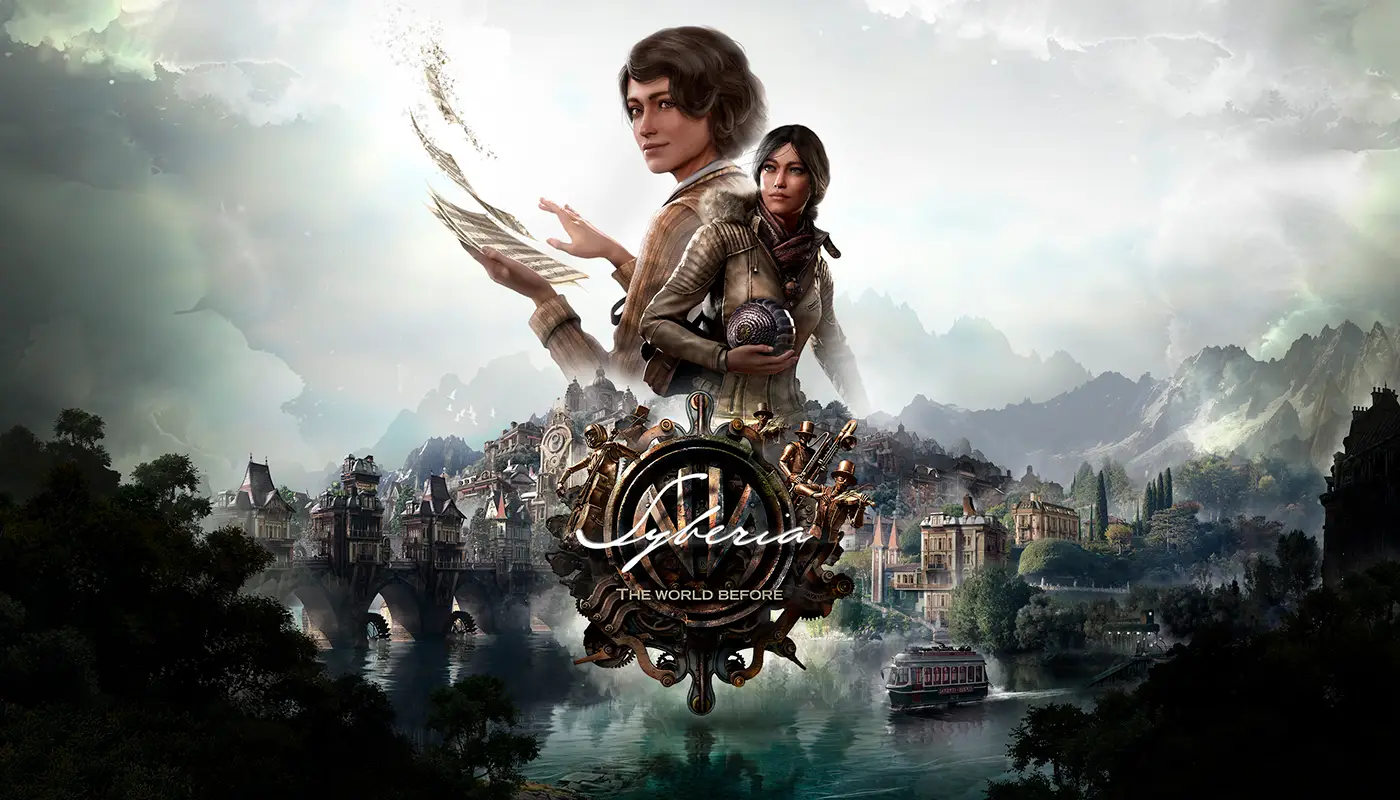After eight years of anticipation, the release of Sid Meier’s Civilization VII has become one of the most significant events in the world of turn-based strategy games. The series, which set the standards for the 4X genre, is once again capturing the attention of fans with its updated gameplay, redesigned era system, and expanded civilizations development options. The developers have promised to reimagine key mechanics, improve the balance of victory tactics, and update the interface to make it more accessible for beginners while maintaining its depth for experienced players.
Epochs and the Development of Civilization: Key Changes
One of the main innovations of the project is the updated approach to eras. Now the development of states has become more flexible: civilizations adapt to historical realities, changing their playstyle depending on events. For example, if a country is actively waging war, the economy receives bonuses to military production, but diplomatic relations suffer.
Additional mechanics:
- Flexible epochal transitions — countries can linger in certain time periods, focusing on improving specific technologies and structures.
- The impact on the world — the development of one country can directly change the balance of power on the global map, causing golden ages or, conversely, crises.
- Cultural characteristics — each civilization now has unique paths of modernization that can lead to unexpected strategies for victory.
War and Diplomacy: An Overview of Sid Meier’s Civilization VII Battle Mechanics
 Military campaigns have become more sophisticated thanks to the updated siege system and strategic troop placement. Battlefields now take into account terrain, climate, and even army morale.
Military campaigns have become more sophisticated thanks to the updated siege system and strategic troop placement. Battlefields now take into account terrain, climate, and even army morale.
Features:
- Siege operations — cities can no longer be captured instantly; instead, they must be weakened gradually using siege engines.
- Battle Generals – a system of leaders has been added that gives bonuses to troops and can change the tactical situation on the battlefield.
- Guerrilla warfare is the ability to create underground units to carry out sabotage in enemy territory.
War now requires a more subtle approach: without proper supply and logistics, even the strongest army risks losing.
Ways to win: a variety of strategies
Continuing our review of Sid Meier’s Civilization VII, it’s worth mentioning the conditions for winning battles, which have also undergone significant changes. Now, players can win not only through scientific, military, or cultural superiority, but also through their influence on global processes.
The main paths to victory include:
- Military: complete destruction of enemies or domination over most territories.
- Scientific — achieving technological superiority, including space exploration and quantum technologies.
- Cultural influence on other civilizations through art, religion, and diplomatic alliances.
- The economic goal is to create a powerful trading empire with control over key markets.
- Environmental: the development of environmentally friendly technologies, minimizing environmental damage, and preventing global disasters.
Sid Meier’s Civilization VII Interface Review: Convenience or a Step Back?
Firaxis Games has made an effort to make the interface more intuitive. Civilization VII features a new tooltip system, an updated technology tree, and a redesigned map.
Key changes:
- Flexible control panel – key information is now more conveniently located, reducing the need to switch between tabs.
- Visual cues: When players hover over map elements, they receive more information without having to open additional windows.
- Automation of routine processes — some elements of city management are now automated.
Some players noted that the simplification of the interface led to a loss of depth, so it took some time for series veterans to get used to it.
Civilization VII Graphics: How Far Has the Game Come?
The visual style of Sid Meier’s Civilization VII, according to an expert review, has become more detailed but retains the distinctive style of previous games. The developers have updated unit models, city textures, and environmental effects.
Graphical improvements:
- Detailed models of buildings and troops — each structure now reflects the cultural characteristics of a nation.
- Dynamic lighting and weather effects — the climate affects the appearance of the map and can change players’ strategic plans.
- Increased animation detail — diplomats now express emotions, and battles look more spectacular.
Despite the improvements, Civilization VII does not require powerful PCs — the game is well-optimized even for mid-range configurations.
A review of Sid Meier’s Civilization VII bugs and technical issues
As with any large-scale strategy game, the first versions of Civilization VII were not without their share of bugs. Players faced a number of issues:
- Incorrect AI operation — computer opponents sometimes made illogical decisions.
- Diplomatic mistakes — artificial intelligence could suddenly break alliances for no apparent reason.
- Graphic artifacts are rare bugs in unit animations.
The developers promptly released several patches, fixing most of the technical issues.
Sid Meier’s Civilization VII: Reviews and Ratings
Game publications have positively evaluated the new part of the series. The average rating on Metacritic is 88/100, and among users – 8.5/10.
Pros:
- Deep and diverse gameplay.
- Improved system of eras and civilizations.
- Good optimization and user-friendly interface.
Minuses:
- The need to get used to new mechanics.
- Some bugs at the start.
- Diplomatic AI needs improvement.
Is it worth buying Civilization VII?
 The review of Sid Meier’s Civilization VII showed that the game offers diverse and well-thought-out gameplay, new era mechanics, flexible development strategies, and excellent replayability. If the goal is a deep strategic session that can keep you engaged for dozens of hours, the concept is definitely worth considering. Despite the initial bugs, Firaxis Games continues to refine the project, and it already looks like a worthy successor to the franchise.
The review of Sid Meier’s Civilization VII showed that the game offers diverse and well-thought-out gameplay, new era mechanics, flexible development strategies, and excellent replayability. If the goal is a deep strategic session that can keep you engaged for dozens of hours, the concept is definitely worth considering. Despite the initial bugs, Firaxis Games continues to refine the project, and it already looks like a worthy successor to the franchise.
 en
en  de
de  ar
ar  es
es  nl
nl  hi
hi  fr
fr  it
it  pt
pt  el
el 



